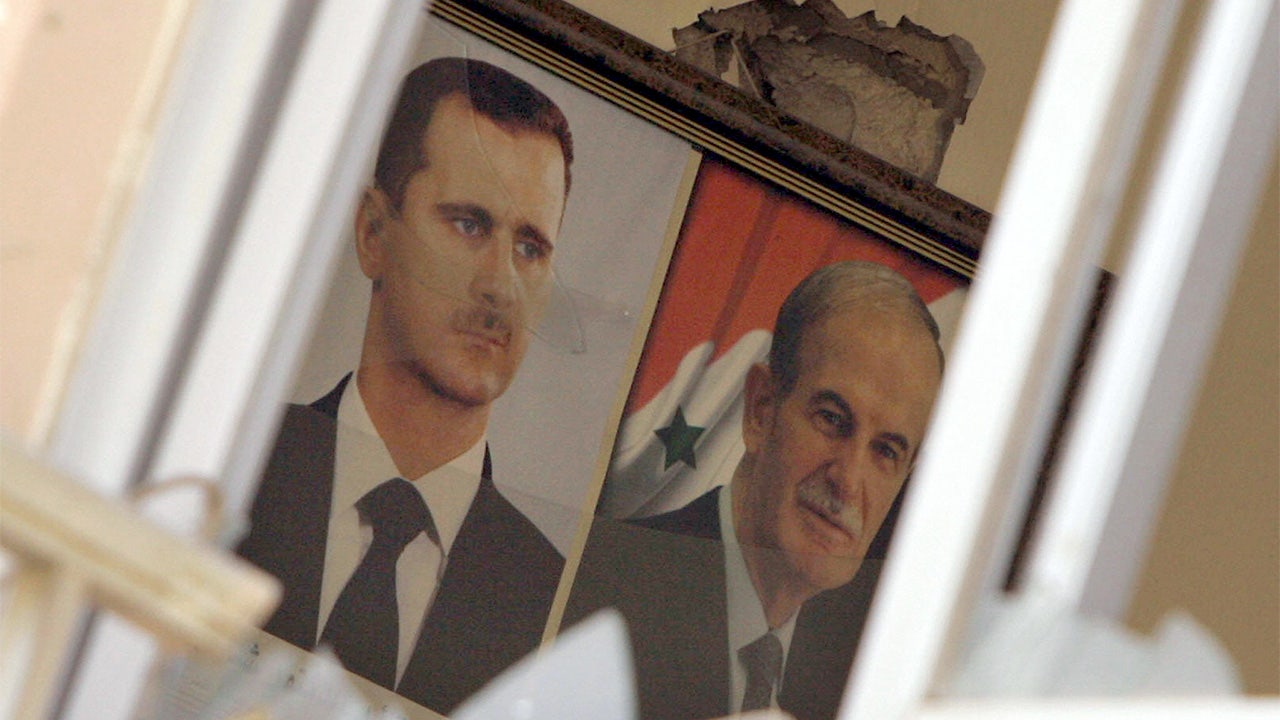The dramatic and historic scenes coming out of Syria this week are a reminder of the horrors that country has been through in the last several decades. We were there for some key moments in recent history:
June 2000
The funeral of Bashar al-Assad’s father, Hafez al-Assad. His “departure” was much more stately and calm than his son’s retreat this past week. For some 30 years, he had ruled Syria with an iron grip. Stabilizing a politically raucous country but in a brutal way. Stamping out Islamist rebels and those caught in the crossfire in the town of Hama (which today’s rebels breezed through on their liberating path), killing as many as 40,000 people there.
SYRIAN DICTATOR BASHAR ASSAD FLEES INTO EXILE AS ISLAMIST REBELS CONQUER COUNTRY
The state funeral (including in attendance then-Secretary of State Madeline Albright) we watched was well stage-managed right down to one mourner telling us, on cue, “All the people loved him.” I noted in the on-camera close to my story, “His legacy will live on . . . for better or for worse.” This week, it was for worse. His mausoleum and grave were destroyed and burned by rebels in his hometown.
June 2012
Just eleven years later came the uprising. One more outbranching of the Arab Spring revolts in 2011 that had sprung up across the Mideast. Bashar Al-Assad in the crosshairs. His regime had gone from using police to put down peaceful protesters to using the military to bomb rebel hold-outs. Locking up and torturing the so-called enemy.
We went there in 2012, one of the only Western media teams there at the time. We saw the battered town of Homs, another town the current rebels made it through with little resistance. My on-camera line as we watched Syrian military air strikes and artillery blasts against the heart of that city: “You’re looking at a country at war with itself.”
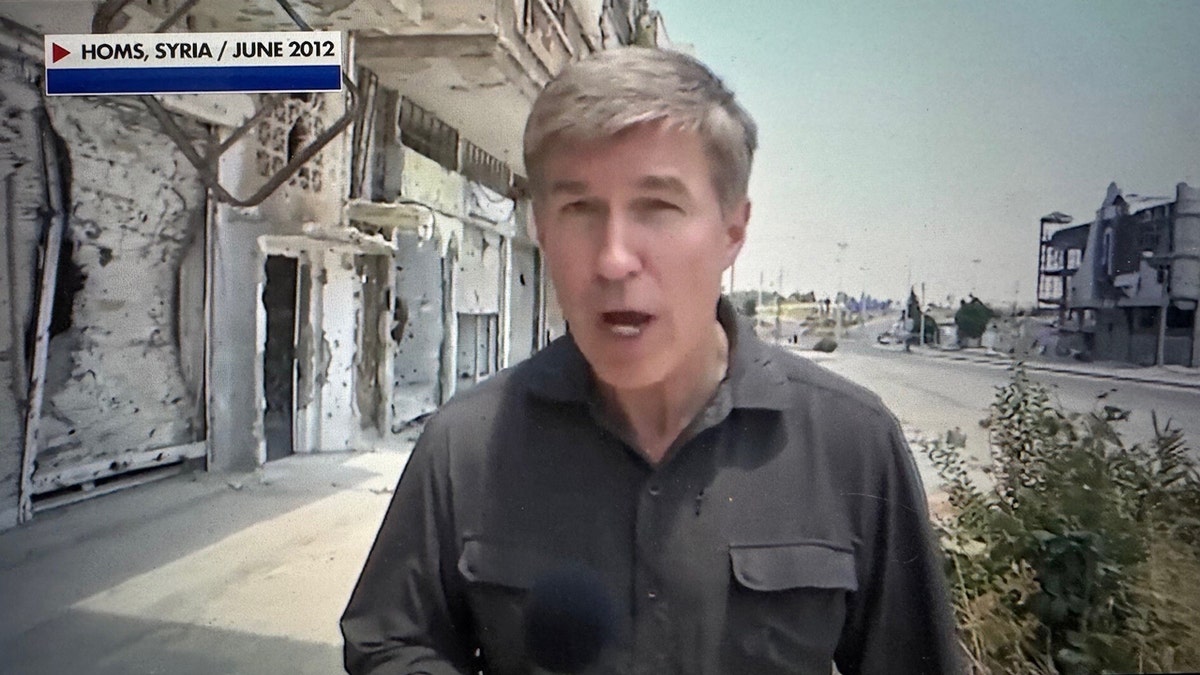
We walked the battered streets where American journalist for the London Times Marie Colvin had been killed earlier that year. We dodged our own air strikes near a medical clinic. Was “shaken down” at a government militia checkpoint. Cameraman Pierre Zakrzewski’s camera was briefly taken away. And we saw deadly violence all around the region, one blast targeting a state TV station . . . another at a busy intersection in the heart of Damascus.
September 2013
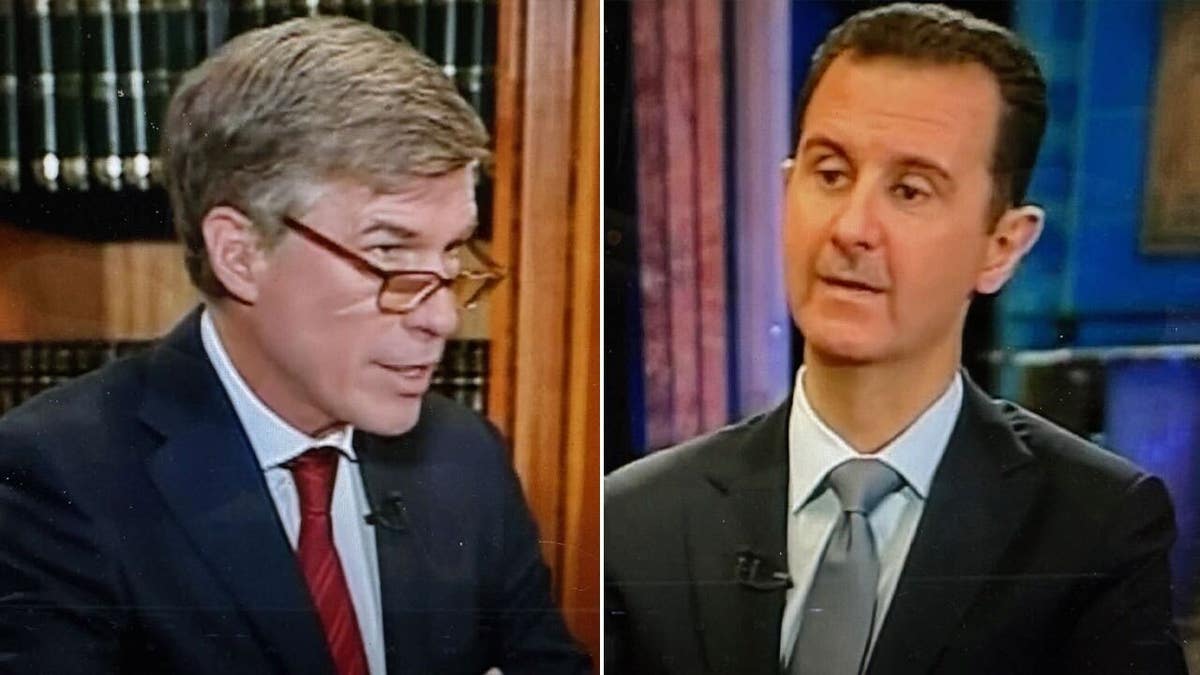
Questions about this tumult which we put to Bashar al-Assad himself in an exclusive interview we conducted for Fox News along with former Congressman Dennis Kucinich the following year. We spoke at the huge palace that has now been overrun by rebels and curious civilians (although we were told off-the record he stayed most of the time in an apartment in Damascus).
FALL OF SYRIA’S BASHAR ASSAD IS STRATEGIC BLOW TO IRAN AND RUSSIA, EXPERTS SAY
We were amazed at the mild-mannered demeanor of the man leading this bloodthirsty regime. He admitted to us publicly that he had chemical weapons but still claimed he hadn’t used them. (The regime was responsible for a chemical weapon attack the month before, which left over a thousand dead.)
He also claimed that the public grassroots protest, which had turned into a civil war, was now run “80-90% by Al-Qaeda.” We disputed that figure and asked if the growing revolt was a self-fulfilling prophecy. The harder the government hit, the more bad guys were attracted. And we asked Assad whether he shared the disappointment of many that he might’ve made a better turn for Syria after his father’s passing. “I’m still a reformer,” he dead-panned. As the rumble of rebel gunfire was heard beyond the palace’s thick walls.
October 2014
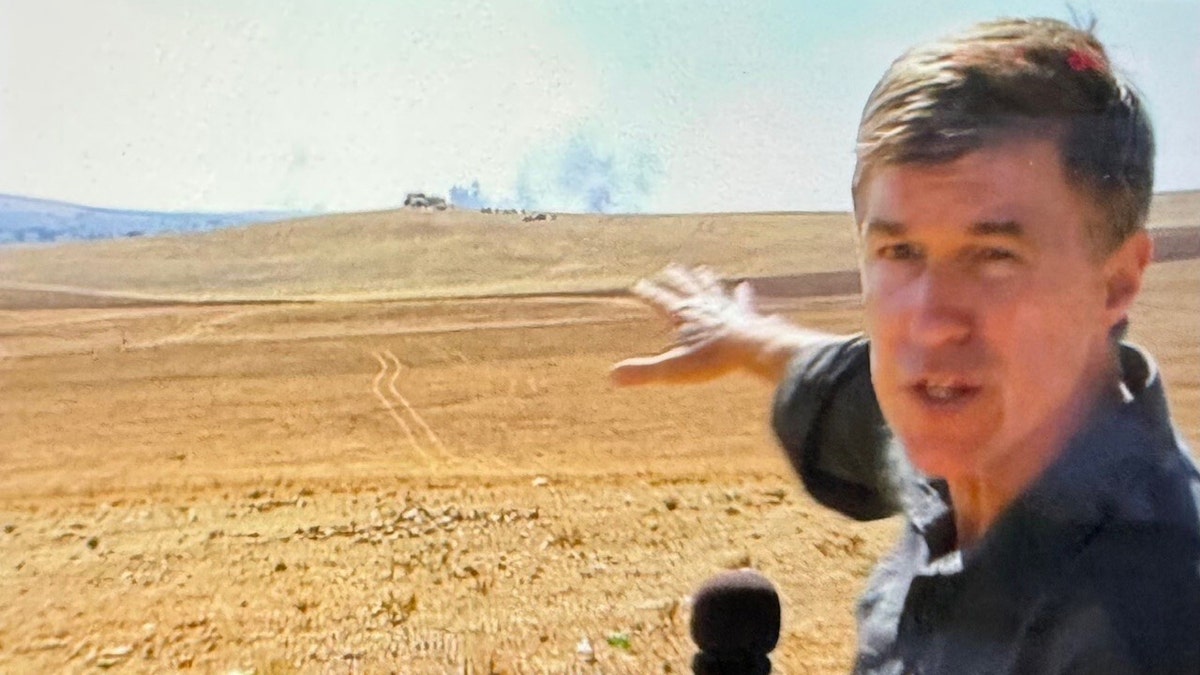
One year later, we were on the Syria-Turkey border when the revolt truly did get out of hand. We watched as the relatively new, but very dangerous, ISIS terror group duked it out with local Kurdish militia on the ground and U.S. air strikes hitting targets in the critical town of Kobani. Big towering smoke from bomb blasts minute after minute. The eventual victory by the Kurds and the U.S. called a turning point in the fight against ISIS. By that time, the war had become a globalized conflict with ISIS – and yes, Al-Qaeda and other jihadi groups piled into Syria to grab as much of the country as they could get. The Assad regime was only saved (for a while) by Russia, Iran and its proxy militia Hezbollah doing most of the fighting. When the three allies were weakened and/or distracted by their own wars, the rebels pounced, liberated the country and toppled the Assad regime.
December 2024
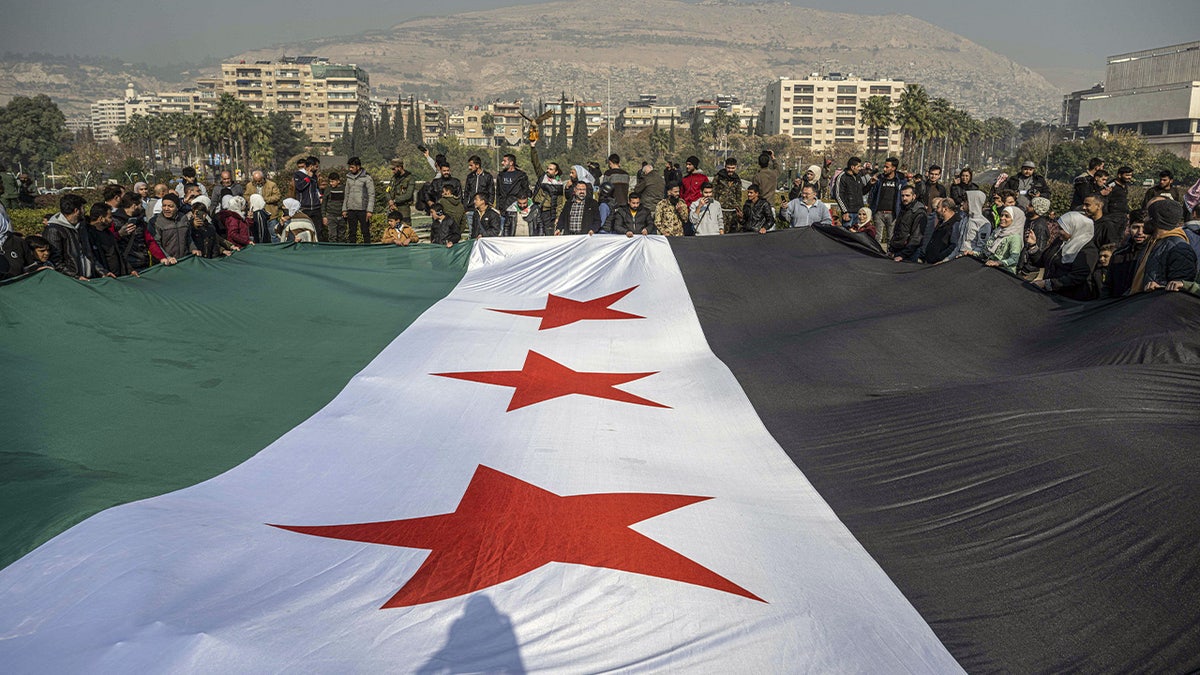
This week we got in touch with one of our important contacts in Syria during those times. He wrote, in an email, some pretty salient words: “It’s an extraordinary moment . . . so far so good.” The people of Syria are exulting over the end of a dictatorship. They are returning to homes they had been forced out of by fighting. They search feverishly, sometimes with joy, or with desperation, in prisons where their fellow citizens were incarcerated and tortured. A half million people have been killed in the last 13 years. Millions are injured and displaced. The economy is a disaster.
But my friend also went on to write, “I am a bit cautious about what may come . . . and fill the vacuum.” The HTS group which led this uprising had former ties with Al-Qaeda and is still on the U.S. terror list. Its leader, Ahmad al-Sharar, also known by his nom de guerre Abu Mohammed al-Golani, was a dyed-in-the-wool jihadist and has only in recent years transformed. He and the group, so far, have been talking a good line. Still, there are many factions, religious sects, and splinter groups who will all have to work together if a new free Syria is to be realized. A tall order. For the proud people of the country who we’ve come to know over the years, it is absolutely worth a try.
Read the full article here


